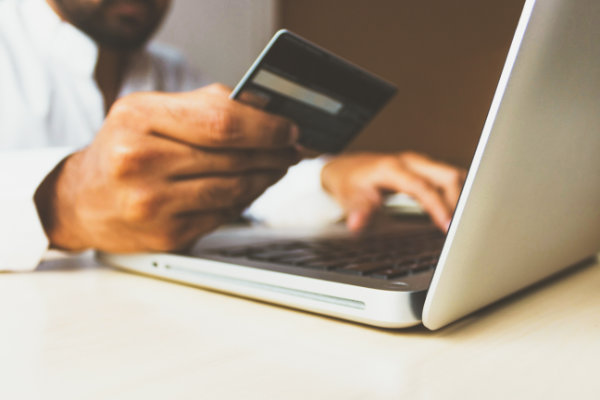Impulse buying reasons and stragegies
Impulse buying refers to the phenomenon of making a purchase without careful planning or consideration. This type of buying behavior is influenced by a combination of psychological, emotional, and environmental factors.
Emotional Factors
Impulse buying is often driven by emotions such as excitement, happiness, fear, or anxiety. For example, people may feel the urge to buy something when they are feeling happy, or they may feel the need to buy something as a way of treating themselves.
Social Influence
Social factors, such as peer pressure or the influence of advertisements and marketing campaigns, can also drive impulse buying. People may feel the need to buy a product because it is popular, or because they believe that it will make them more attractive or appealing to others.
Scarcity
The perception of scarcity or limited availability can also lead to impulse buying. People may feel the need to buy a product quickly because they believe that it will soon be sold out, or that it may not be available in the future.
To capitalize on impulse buying, companies can utilize several strategies:
Emotional Marketing
Companies can create marketing campaigns that tap into the emotions of consumers, such as creating a sense of excitement, urgency, or happiness. This can encourage impulse buying by appealing to people's emotions and motivating them to act quickly.
Scarcity Marketing Companies can create a sense of scarcity by offering limited-time promotions or by emphasizing the limited availability of a product. This can encourage impulse buying by creating a sense of urgency and making people feel like they need to act quickly.
Influencer Marketing
Companies can partner with influencers who have a strong following and can help promote their products. Influencer marketing can be effective in driving impulse buying by creating social proof and making people feel like they need to buy a product to be part of the trend.
In-Store Marketing
Companies can create an in-store environment that encourages impulse buying. This can include using displays, product samples, and other promotional materials that make it easy for customers to make a purchase on the spot.
Impulse buying is influenced by a combination of psychological, emotional, and environmental factors.
To capitalize on impulse buying, companies can use strategies such as emotional marketing, scarcity marketing, influencer marketing, and in-store marketing to tap into the emotions of consumers and motivate them to make a purchase.

